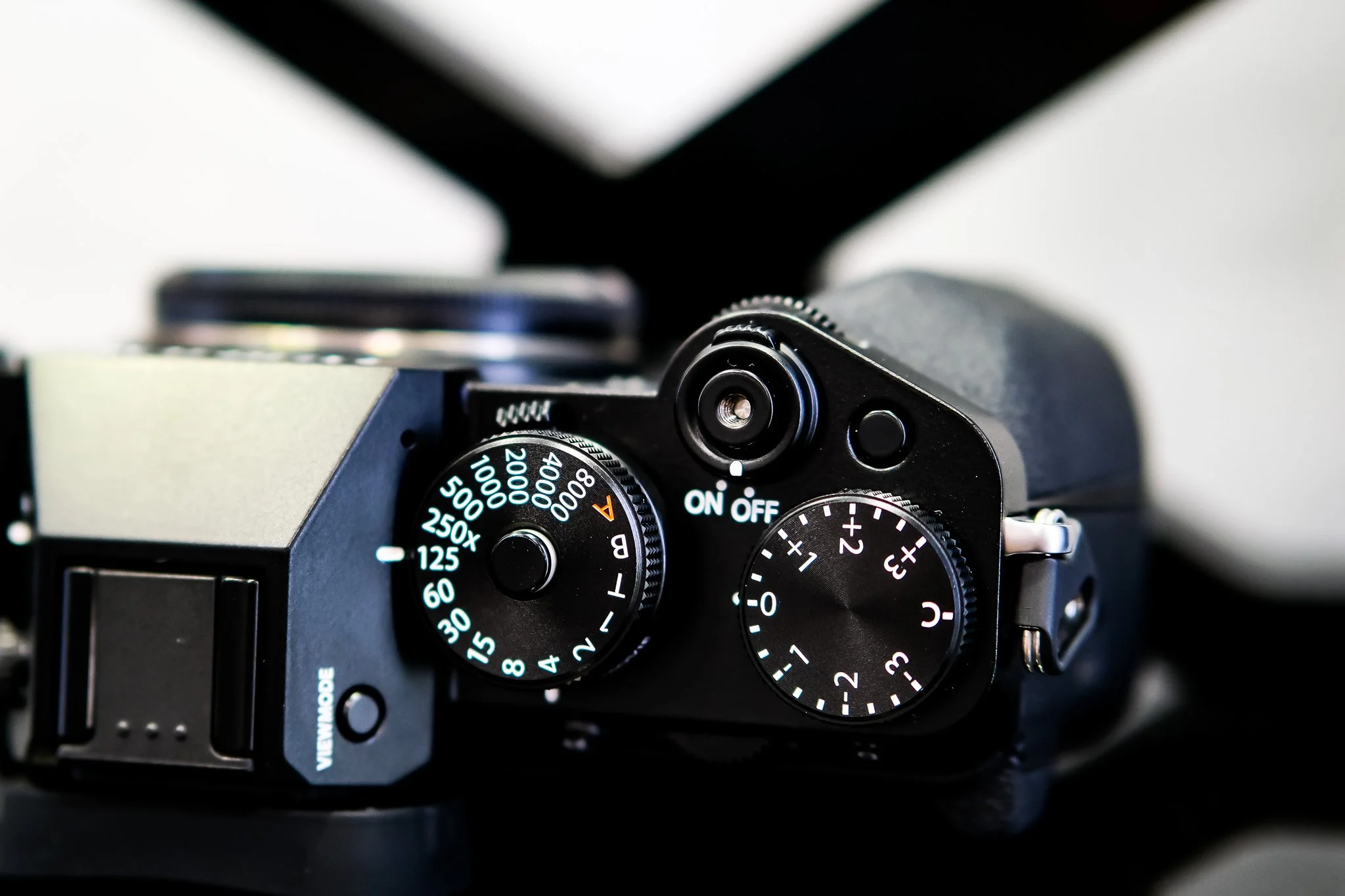Mastering Shutter Speed: The Key to Capturing Moments in Time
In the world of photography, there are several crucial elements that come together to create a perfect image. One such element is shutter speed. As a professional photographer with several years of experience, I have come to appreciate the significance of shutter speed in capturing stunning photographs. In this article, we will delve into the intricacies of shutter speed, exploring its definition, its impact on images, and how you can effectively control it to achieve remarkable results.
Shutter speed refers to the length of time your camera's shutter remains open when taking a photograph. It determines the duration of light exposure onto the camera sensor or film. Shutter speed is measured in fractions of a second, such as 1/500, 1/60, or even a few seconds, depending on the camera's capabilities.
A fast shutter speed, like 1/1000 or higher, freezes action by capturing a split-second moment in sharp detail. This is particularly useful when photographing fast-moving subjects like sports, wildlife, or children playing. The quick shutter speed ensures that the subject appears crystal clear, with no motion blur. Take note that the faster the shutter, the less light can get into your sensor, meaning you will have a darker image result in lower light situations. On the contrary, a slow shutter speed, like 1/15 or slower, introduces motion blur into your photographs as well as allows more light to enter the sensor. This effect is often used to convey a sense of movement, such as silky smooth waterfalls or light trails from moving vehicles at night. It can add a dynamic and artistic element to your images, evoking a sense of motion and energy.
Now that we understand the impact of shutter speed, let's discuss how you can take control of it to achieve your desired results.
Manual Mode: Switching your camera to manual mode allows you to have complete control over your settings, including shutter speed. This mode empowers you to select the appropriate shutter speed for any given situation.
Shutter Priority Mode: Alternatively, you can use the shutter priority mode (often denoted as "Tv" or "S" on your camera's mode dial). In this mode, you set the desired shutter speed, and the camera automatically adjusts the other settings, such as aperture and ISO, to obtain a properly exposed image.
Tripod Usage: When working with slow shutter speeds, it is crucial to stabilize your camera to avoid introducing an unintended camera shake. Using a tripod or any stable surface can help ensure sharpness in your images.
Neutral Density Filters: In situations where you want to use a slower shutter speed in bright lighting conditions, neutral density (ND) filters can be employed. These filters reduce the amount of light entering the camera, allowing you to use longer exposure times without overexposing the image. A neutral density (ND) filter is an accessory that reduces the amount of light entering the camera without affecting the color or hue of the scene. It consists of a darkened piece of glass or resin that is placed in front of the camera lens. ND filters come in various strengths, denoted by different filter numbers, such as ND2, ND4, ND8, and so on, indicating the amount of light they block. A prime example is when photographing waterfalls. Take note a Neutral Density filter is quite darker than a Circular Polarising Filter. The main purpose of a circular polarising filter (CPL) is to manage reflections, reduce glare, and enhance color saturation in certain types of photography, particularly when shooting outdoors. In short, CPL is just sunglasses for your camera.
As with any aspect of photography, mastering shutter speed requires practice and experimentation. Take your camera out and experiment with different shutter speeds in various lighting conditions and with different subjects. This hands-on approach will help you understand how shutter speed affects your images and allow you to capture the perfect moment with precision.
As a passionate photographer, you know that shutter speed plays a pivotal role in either freezing or blurring motion, adding creativity and depth to your images. By fully comprehending the relationship between shutter speed and the desired effect, and by experimenting with various settings, you can become a master of this essential tool and elevate your photography skills to new heights. So, take your camera, explore your surroundings, and let shutter speed guide you in capturing breathtaking moments that will stand the test of time.
Want to learn more visit here.
